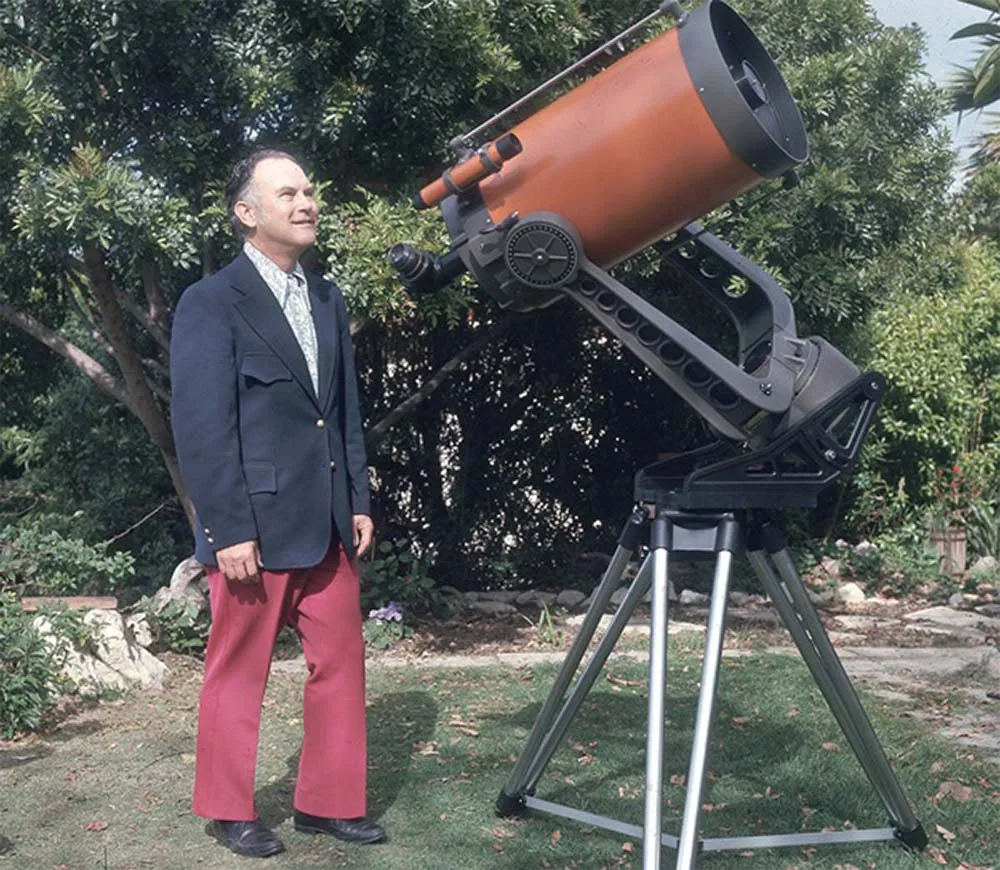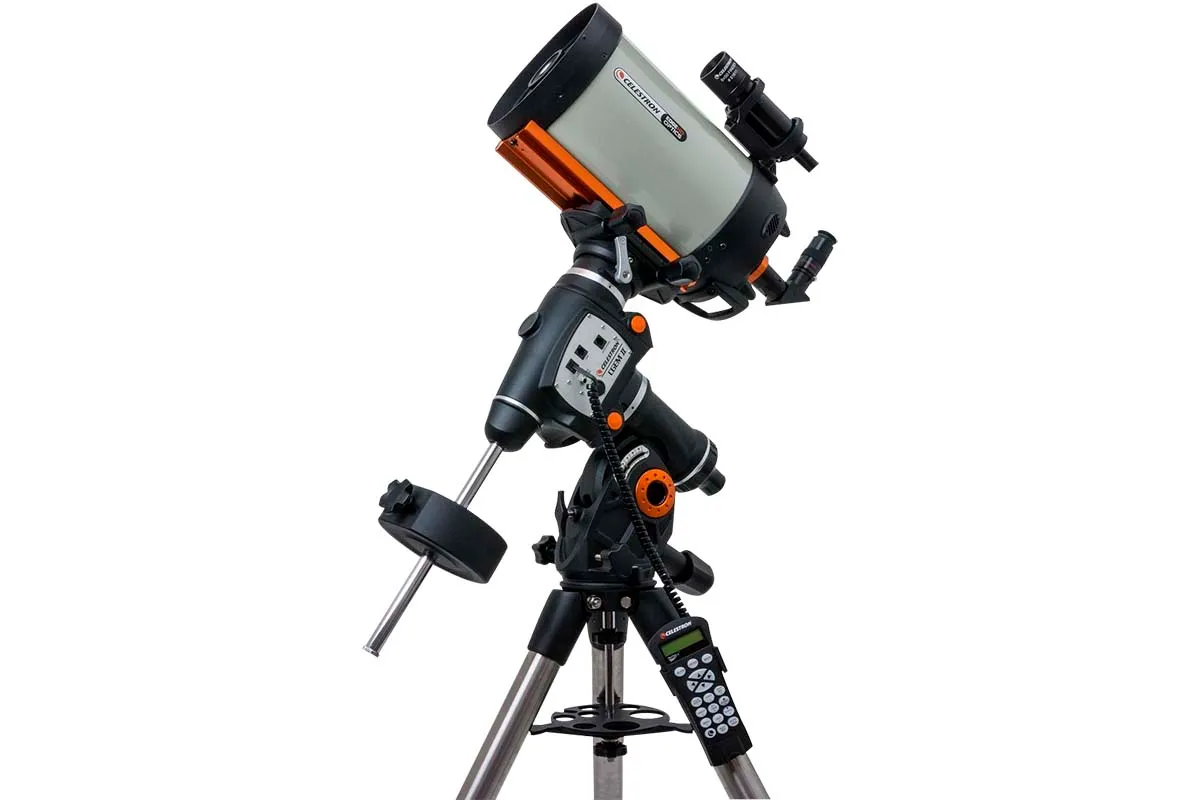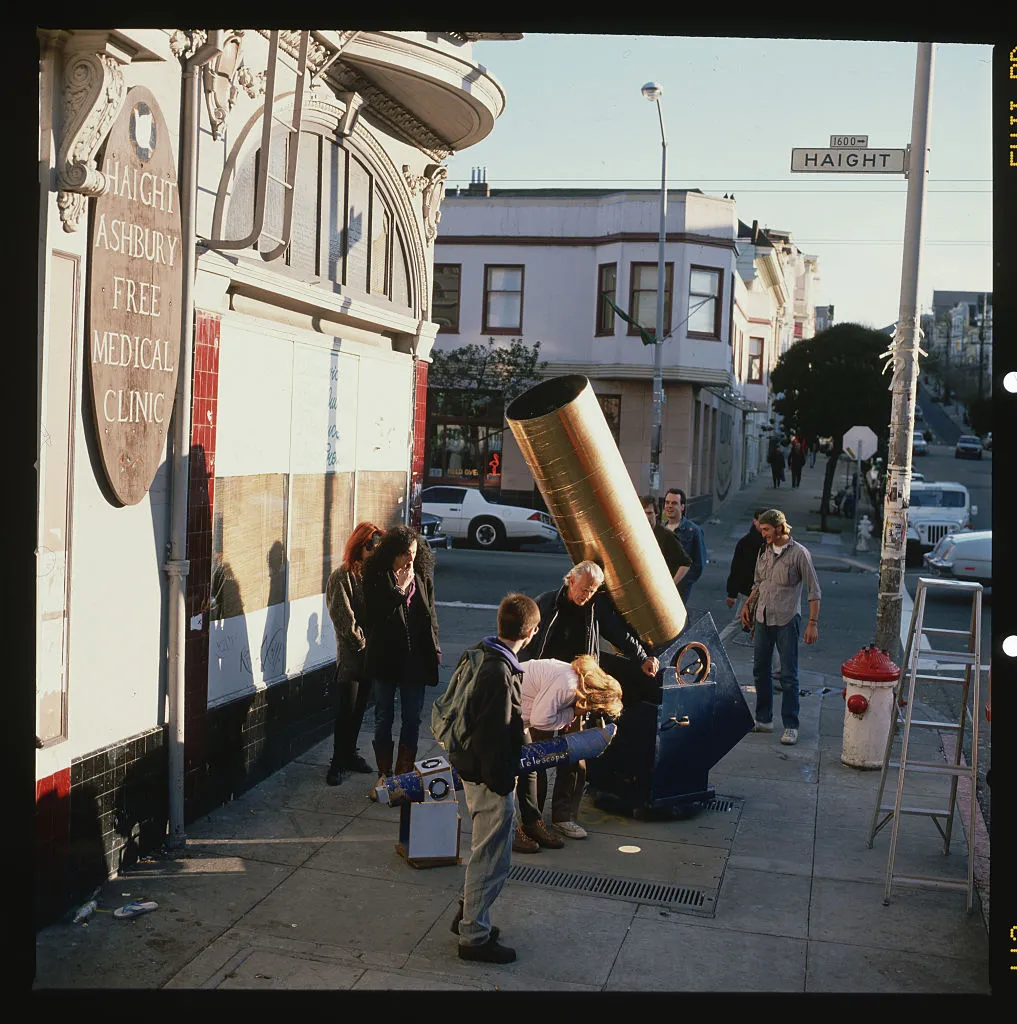In the early days of astronomy, any budding stargazer had one huge hurdle to overcome: getting a telescope.
For centuries, the only way to acquire one was to either buy an expensive, hand-made model from a master telescope maker, or spend hours laboriously grinding lenses or mirrors to make your own.
It was the latter approach Tom Johnson took when he introduced his sons to stargazing in America in the late 1950s.
DIY Astronomy:

As he worked on the project, Johnson became more and more convinced there was an easier way to make telescopes.
Just like Sir Isaac Newton, he was using easy-to-craft spherical mirrors, but using a Schmidt corrector plate to remove the spherical aberrations.
Invented by Bernhard Schmidt in 1930, this was a glass plate positioned across the opening of the telescope tube, adjusting the incoming light so that it focused properly, even on a spherical mirror.
Johnson found a way to mass-produce these plates. By the early 1960s he had his own telescope company, Celestron (part of Valor Electronics), and began creating high-quality yet affordable telescopes for the mass market.
In 1970, Celestron created what would become its flagship telescope, the C8.
The 8-inch telescope hit a sweet spot – it was large enough to view deep-sky objects, but not so big as to be unwieldy and expensive. With its distinctive orange barrel it was a huge success.

Yet the C8 still came with a fairly hefty $1,000 price tag (approximately $7,000, or £5,050, in today’s money) that was beyond the range of many would-be astronomers.
Thankfully for the more budget-conscious, another astronomer, John Dobson, had been working on making it easier to build your own telescope.
His design reduced the instrument down to its most basic elements – the optics, a truss to hold them and a simple swing mount like those used on cannons for centuries.
Dobson used affordable porthole glass along with other cheap materials to create large amateur telescopes, which, while not offering as high-quality views as commercially built telescopes, cost a fraction of the price.

He encouraged people around the world to copy his design and today ‘Dobsonian’ telescopes are a common sight at any star party.
The C8 and the Dobsonian helped to bring the stars within reach of the masses.
This article originally appeared in the September 2021 issue of BBC Sky at Night Magazine.
